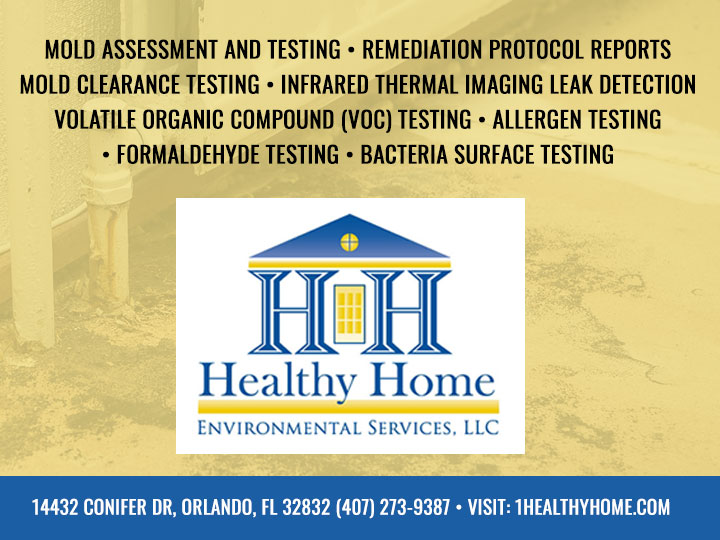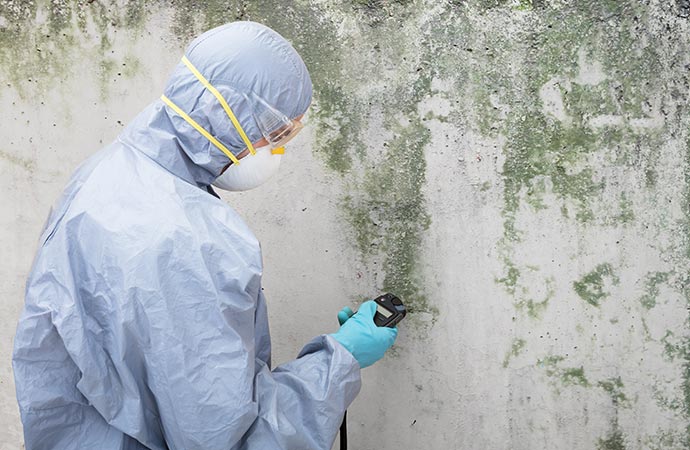How Mycotoxin testing Services Can Safeguard Your Products
How Mycotoxin testing Services Can Safeguard Your Products
Blog Article
The Necessity of Mycotoxin Checking in Agricultural Products to Make Certain Customer Safety And Security
The necessity of mycotoxin screening in agricultural items is a vital facet of public health and security that necessitates extensive evaluation. Mycotoxins, toxic substances created by particular fungi, can infiltrate numerous crops, resulting in significant health and wellness threats for consumers, such as carcinogenic effects and body organ damage. Routine mycotoxin testing not only determines and gets rid of polluted products from the supply chain yet also makes sure conformity with safety criteria and boosts consumer trust fund. Comprehending the approaches and benefits of such testing is crucial to totally appreciate its relevance in protecting our food supply.
Recognizing Mycotoxins
Mycotoxins, poisonous secondary metabolites produced by specific fungis, present a substantial threat to agricultural items and human health and wellness. These substances are produced by various varieties of molds, such as Aspergillus, Fusarium, and Penicillium, which can contaminate plants both pre- and post-harvest - Mycotoxin testing Services. The most typical mycotoxins include aflatoxins, ochratoxin A, fumonisins, zearalenone, and deoxynivalenol (DON)
Mycotoxin contamination can take place under details environmental conditions, such as high moisture and temperature level, which favor the development of mold. Agricultural products like grains, nuts, flavors, dried fruits, and coffee are particularly vulnerable. The presence of mycotoxins in these assets can lead to significant economic losses because of lowered plant yields and the requirement for extensive screening and purification processes.
Comprehending the biochemical nature and development of mycotoxins is vital for developing effective mitigation strategies. Study has shown that mycotoxins exhibit an array of chemical frameworks and properties, making detection and removal challenging. Advanced analytical strategies, including chromatography and mass spectrometry, are made use of to determine and evaluate mycotoxins in farming items, ensuring that contamination levels continue to be within risk-free limits developed by regulative bodies.
Health And Wellness Dangers of Mycotoxins
Offered the significant threats linked with mycotoxins in farming items, recognizing their influence on health and wellness is paramount. Mycotoxins, toxic second metabolites created by fungis, pose severe dangers to both animal and human wellness.
Severe mycotoxin poisoning, although less usual, can create extreme and immediate health issue such as liver damage, stomach disturbances, and hemorrhaging. Ochratoxin A, another potent mycotoxin, is linked to kidney damage and has potential cancer causing results. Fumonisins, mostly affecting maize, are linked with esophageal cancer cells and neural tube flaws.

Usual Resources of Contamination
Comprehending the common resources of contamination is crucial for properly taking care of and mitigating the dangers postured by mycotoxins. Mycotoxins are toxic additional metabolites created by certain kinds of fungis, which can contaminate farming products at various stages of storage, handling, and manufacturing. The main sources of contamination include area problems, post-harvest handling, and storage environments.
Area conditions play a considerable function, with variables like weather condition, plant susceptibility, and soil wellness influencing fungal growth. Plants such as corn, peanuts, wheat, and tree nuts are especially susceptible to mycotoxin-producing fungis like Aspergillus, Fusarium, and Penicillium types. Poor crop rotation and inadequate parasite management can intensify the risk of contamination.
Post-harvest handling is one more wikipedia reference critical point where contamination can happen. Mechanical damage during harvesting and transport develops entry points for fungis, while incorrect drying out methods can leave wetness degrees high sufficient to support fungal development.
Storage environments add considerably to contamination risks. Badly maintained storage facilities with high humidity and temperature levels develop optimal problems for mycotoxin manufacturing. Regular evaluations and appropriate storage problems are vital in curbing this threat.
Mycotoxin Examining Methods
Efficient management of mycotoxin contamination pivots not just on acknowledging possible resources yet likewise on applying robust testing approaches to detect these hazardous compounds. Mycotoxin testing methods can be generally categorized right into chromatographic and immunochemical strategies.
On the various other hand, enzyme-linked immunosorbent assay (ELISA) and lateral circulation assays are popular immunochemical methods. ELISA, specifically, is widely made use of because of its cost-effectiveness, convenience of usage, and rapid turn-around time. Lateral flow assays give quick, on-site screening abilities, making them appropriate for field applications where instant decisions are needed.
In addition, improvements in molecular biology have actually introduced PCR-based approaches with the ability of discovering mycotoxin-producing fungi at hereditary degrees, using a predictive method to contamination danger. Incorporating these varied approaches boosts the dependability and comprehensiveness of mycotoxin discovery, making sure that agricultural products satisfy safety standards and securing customers from possible health and wellness threats.
Benefits of Regular Evaluating

Normal mycotoxin testing provides substantial benefits that substantially boost agricultural safety and security and high quality. One of the key advantages is the security of consumer health and wellness. browse around this site Mycotoxins, hazardous substances generated by over here certain fungi, can contaminate food and pose significant wellness risks, including cancer cells and severe poisoning. Routine testing ensures that contaminated products do not reach consumers, thus mitigating carcinogen.
In addition, regular screening assists in preserving the integrity and credibility of farming producers. By rigorously keeping track of and managing mycotoxin levels, manufacturers can prevent costly recalls and legal consequences. This not only ensures compliance with rigorous international safety requirements yet additionally cultivates customer trust and commitment.

Conclusion
The requirement of mycotoxin testing in agricultural products is underscored by the significant health and wellness threats postured by these harmful compounds. Making sure consumer security calls for the recognition and elimination of contaminated products from the supply chain. Normal screening not only reduces the threat of intense poisoning and chronic health problems but also sustains conformity with safety standards. In addition, it boosts the online reputation of producers and cultivates count on within the farming supply chain, inevitably protecting public health.
The requirement of mycotoxin screening in agricultural products is an essential element of public health and security that calls for extensive exam. Mycotoxins, harmful compounds created by certain fungis, can penetrate different crops, leading to considerable wellness dangers for consumers, such as carcinogenic effects and organ damages.Mycotoxins, hazardous secondary metabolites produced by certain fungi, offer a substantial threat to agricultural items and human wellness.Provided the considerable threats linked with mycotoxins in farming products, recognizing their effect on health and wellness is vital (Mycotoxin testing Services).The need of mycotoxin testing in agricultural products is underscored by the substantial health risks positioned by these hazardous substances
Report this page